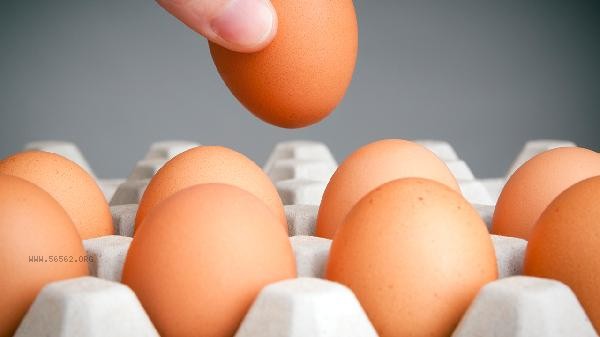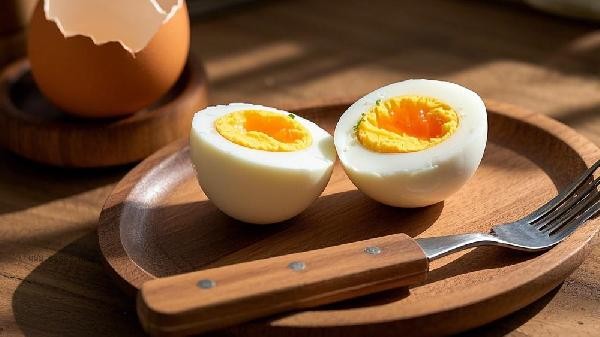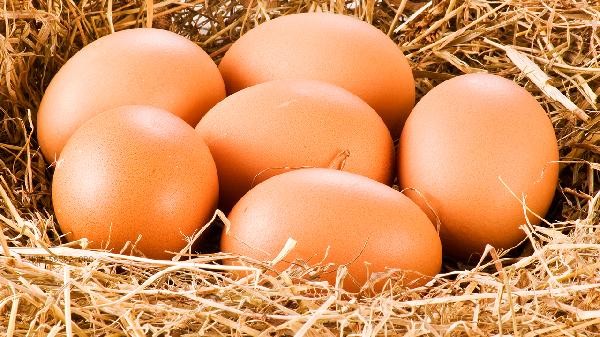The key to making tender and smooth egg custard in a microwave oven lies in the egg mixture ratio, heating time, and temperature control. There are mainly five key points: egg water ratio, thorough mixing, covering with plastic wrap, segmented heating, and standing and simmering.

1. Egg water ratio
It is recommended to control the ratio of eggs to water between 1:1.5 and 1:2. Too much water can cause the structure of the egg custard to loosen, while too little can result in a dry and hard taste. Mix egg mixture with room temperature water or warm water, avoid using cold or hot water directly. Adding a small amount of salt can help solidify proteins and improve tenderness and smoothness.
2. Stir thoroughly
The egg mixture should be thoroughly dispersed until there are no obvious protein strands, and the stirring time is about 1-2 minutes. Suggest using chopsticks to swipe in a Z-shape to avoid generating too many bubbles. Filtering egg mixture can remove unbroken protein membranes and bubbles, making the finished tissue more delicate. After stirring, let it stand for 3 minutes to allow the bubbles to naturally dissipate.
3. Cover with cling film
The surface of the container is covered with high-temperature resistant cling film or a special microwave cover, and several small holes are pierced with toothpicks to exhaust the air. This can prevent excessive evaporation of water from causing the surface to dry and harden, while also preventing the egg mixture from expanding and overflowing due to heat. Choose a ceramic bowl with a shallow mouth and wide bottom for more even heating, and a depth of no more than 5 centimeters is preferred.

Fourth, segmented heating
uses medium low heat to heat twice. After the first heating for 1 minute and 30 seconds, take out the container and shake it gently to ensure even heating. Heat for about 1 minute for the second time and observe the degree of solidification of the egg mixture. The total duration is adjusted according to the microwave power, and it is recommended not to exceed 3 minutes for 700W power. Avoid prolonged heating that may cause honeycombing in the egg custard.
5. Let it stand and simmer
After heating, continue to simmer for 2-3 minutes, using the remaining temperature to completely solidify the central area. Before removing the cover, a toothpick can be inserted for inspection. If there is no liquid leakage, it will be fully cooked. Drizzle a little sesame oil or light soy sauce on the surface to enhance the flavor. Sprinkle chopped scallions after braising to avoid discoloration and wilting caused by high temperatures.

When steaming, you can try adding ingredients such as shrimp and shiitake mushrooms to enrich the taste, but it needs to be chopped and mixed with the egg mixture. Fresh eggs are more effective, while refrigerated eggs need to be warmed back to room temperature before operation. If there are pores in the egg custard, it may be caused by excessive heat or incomplete foaming. For those with gastrointestinal sensitivity, it is recommended to use pasteurized eggs, and ensure complete coagulation before consumption by the elderly and children. It is easier to digest and absorb with Seaweed soup or millet porridge.








Comments (0)
Leave a Comment
No comments yet
Be the first to share your thoughts!